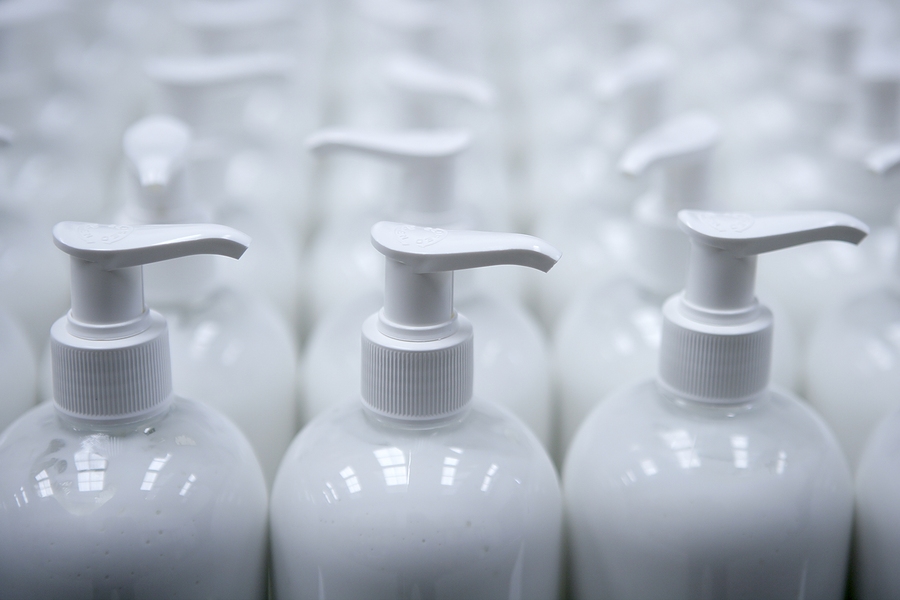A look at various types of kitting services, and the pros and cons of each
Your company has shepherded your product through the inevitable changes introduced through the serial prototypes. You’ve satisfied yourself that the product works, that it’s viable in the marketplace; now you’re ready to move forward into the next phases.
One of those phases is deciding what economies can be gained through kitting services, and which makes the most sense for your company. The first question, of course, is why kitting in the first place? By bundling separate pieces for your overall product through kitting, you can develop or obtain kitting services which will significantly reduce materials and time, diminish the cost to make your product, and raise your profit margin.
The three clear options are creating kits in-house; sending manufactured parts to a third party kitting service; or looking for a manufacturer that also provides kitting. Your decision will include which of the three options saves the most time and money in your manufacturing, while still maintaining the high quality you expect.
In-House Kitting
Kitting in house means you have control at every stage of the process; but it can also take time to exercise that control and take a toll on productivity. You must use space (and therefore overhead) in your facility to store the pieces. Other costs, if not already incurred for previous projects, can drive your price point up to your end buyer. You will have to compensate for your expanded cost to get the product to market; you may well price yourself out of the market. If you already have a kitting process, facility and employee base in-house, this may be your best option, but otherwise, this would be a great time to look outside your company.
Third-Party Kitting Services
Some benefits for third-party kitting services are the same as for manufacturer-supplied kitting services below. The majority of these include the fact that the inventory and materials necessary to kit your products aren’t taking up space in your facilities, and you don’t have the additional fixed costs of employees, overhead, etc., that come along with the process. By moving to third-party kitting services, you do lose some control factor; because human error exists, errors can occur in the product. The rule of thumb is that the more humans who touch the product pieces, the higher your error costs are likely to rise. Both in-house kitting and manufacturer kitting services eliminate quite a bit of this issue.
Manufacturer Kitting Services
There are tremendous benefits for finding a manufacturer that supplies kitting services along with manufacturing your product. These include having the experts working with your kitting, so the right parts are put into the kit consistently, and with the same level of standard as the parts were created. A number of necessary steps from both in-house and third-party kitting are eliminated within the manufacturer kitting services range. For instance, inventory doesn’t have to ship to you or to a third party, saving time and costs that way. Material costs also go down with the ability to create custom packaging designed specifically to fit your parts.
Your manufacturer should be able to supply a kitting service, as just one of the attributes you should look into while you’re choosing your next plastic injection molding manufacturer. These attributes range from proper component sourcing to high-end efficiencies. All of these choices should be part of the conversation that happens when you sit down and talk to your prospective plastic injection molding manufacturer.
Proto Plastics has the people, equipment, and experience for all your plastic manufacturing needs, from design through assembly. For more information about how we can help to streamline your production process, contact us today!

